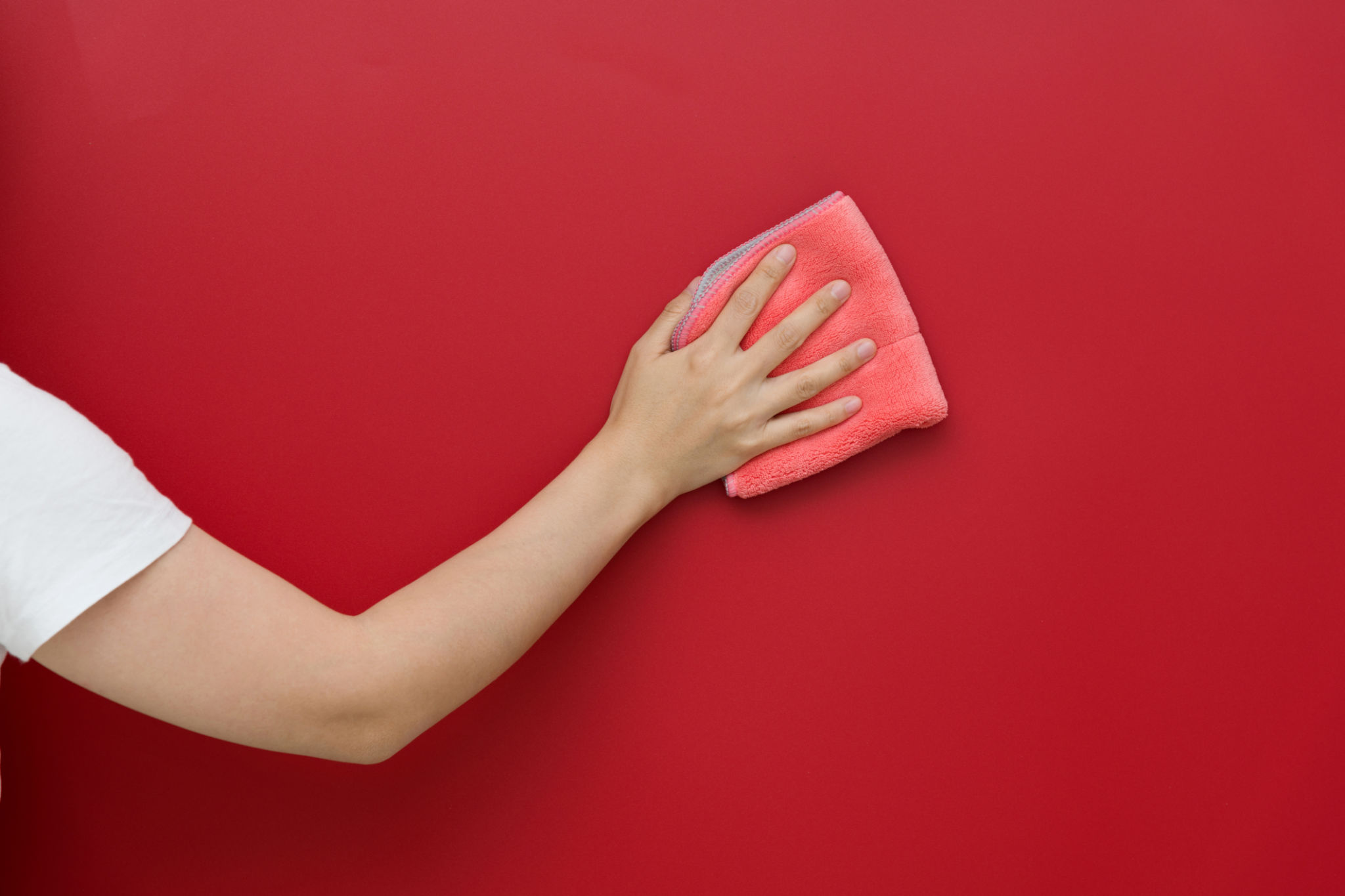How to Prepare Your Home for Decorative Painting: A Step-by-Step Guide
Getting Started with Decorative Painting
Decorative painting can be a transformative way to bring personality and style into your home. However, to achieve the best results, preparing your space is crucial. Proper preparation not only ensures a smooth application but also increases the longevity of your decorative finish. Here is a comprehensive guide to getting your home ready for decorative painting.

Gather Your Materials
The first step in any successful painting project is to gather all necessary materials and tools. This includes paints, brushes, rollers, painter's tape, drop cloths, and any other supplies specific to your decorative technique, such as stencils or sponges. Having everything on hand before you begin will save time and prevent unnecessary interruptions.
Clear and Clean Your Space
Before you start painting, clear the area of furniture and wall hangings. This not only protects your belongings but also gives you ample room to work. Once the space is clear, clean the walls thoroughly to remove dust, dirt, and grease. A clean surface is essential for paint adhesion. Use a mild detergent and water, and allow the walls to dry completely.

Repair and Prime
Inspect your walls for any imperfections, such as holes or cracks, and repair them with spackle or filler. Smooth the surface with sandpaper once dry for a flawless finish. Priming the walls is equally important, especially if you're transitioning from a dark to a light color or if the walls have stains. A good primer will create an even base and help the new color pop.
Protect Your Surfaces
Use painter's tape to protect trim, baseboards, and any other areas you don't want painted. Ensure the tape is applied securely to prevent paint from seeping underneath. Cover floors and any remaining furniture with drop cloths or plastic sheeting to guard against spills and splatters. Taking these precautions will make the cleanup process much easier.

Test Your Technique
If you're using a new decorative technique, such as rag rolling or stenciling, it's wise to practice on a small, inconspicuous area first. This allows you to perfect your method and ensures you're satisfied with the outcome before tackling larger sections. Testing also helps you gauge how much paint you'll need for the entire project.
Ensure Proper Ventilation
Good ventilation is crucial when painting indoors to minimize exposure to fumes and expedite drying time. Open windows and doors, and use fans to circulate air throughout the room. If possible, plan your painting on a day when you can keep the area well-ventilated for several hours or overnight.

Plan Your Design
Before applying paint, take time to plan your design carefully. Use a level and measuring tape to ensure straight lines and symmetrical patterns. For intricate designs, lightly sketch your pattern on the wall with a pencil or use a laser level for guidance. A clear plan will help you execute your vision with precision.
Final Checks Before Painting
Double-check all preparations before you start painting. Ensure all tools are within reach, surfaces are protected, and your space is well-ventilated. Take a deep breath, and remember that patience and attention to detail are key to achieving a beautiful decorative finish. By following these steps, you'll set the stage for a successful and enjoyable painting experience.
